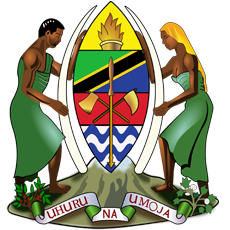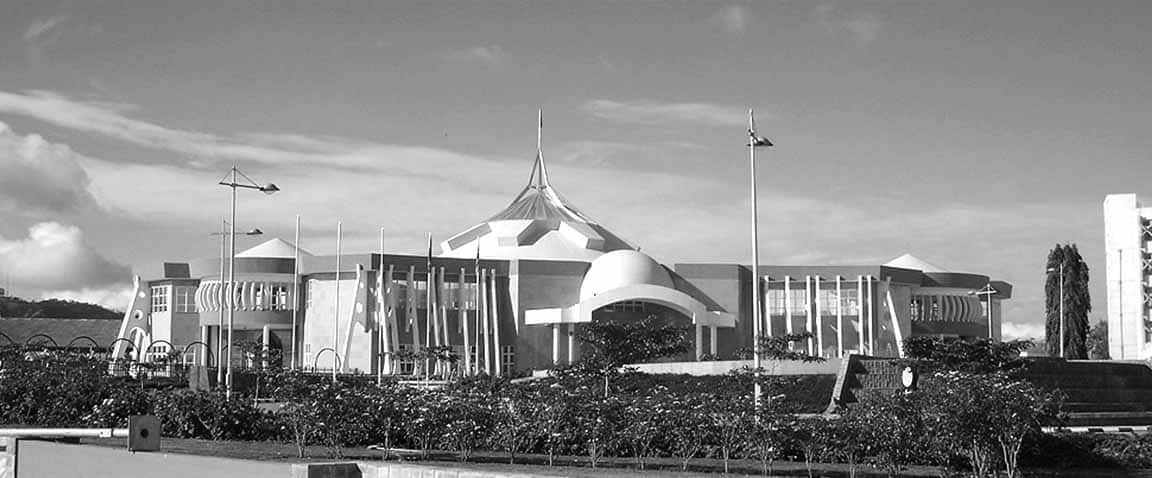In the Third Conference of African Statisticians held in Addis Ababa in 1963, the United Nations Economic Commission for Africa (UNECA) agreed to support the establishment of a training centre in Eastern Africa to serve Kenya, Uganda, and the United Republic of Tanzania. A key meeting held in February 1964 at the headquarters of the East African Common Services Organization (EACSO) in Nairobi, Kenya, recommended Dar es Salaam as the most suitable location for the new centre.

Ministry of Finance
Eastern Africa Statistical Training Centre
Chuo cha Takwimu Mashariki mwa Afrika


Our History
Building statistical capacity across Africa since the 1960s.

Foundations in African Statistical Needs (1961-1964)
The Eastern Africa Statistical Training Centre (EASTC) is a professional institution established to train Official Statisticians in the production and use of statistics for decision-making and policy formulation in the public and private sectors. The Centre had its roots in the early 1960s when African countries began gaining independence. During the Second Conference of African Statisticians held in Tunis in July 1961, the need to establish statistical training centres in Africa was strongly emphasized due to the acute shortage of professional statisticians in the region. It was noted that the existing statistical training needs could not be met without well-established colleges.

Inception and Early Training Programs (1965–1972)
The Centre began operations on 30th August 1965, offering Certificate-level courses in statistics. In July 1966, Diploma-level training was introduced. The training program focused on applied statistical methods, probability theory, numerical analysis, official statistics, and practical statistics to meet the pressing statistical manpower needs of member states. The Centre's curriculum was designed to train middle-level statistical personnel and included participation in field surveys conducted by the East African Community and member countries.

Transition and Regional Expansion (1972–1980)
The United Nations Development Programme (UNDP), which had supported the Centre during its early years, withdrew in 1972. The East African Community then assumed financial responsibility until its collapse in 1977. Afterward, the Statistical Training Programme for Africa (STPA), funded by UNECA, took over the support of the Centre from 1979 to 1993.
In 1977, during the 10th Conference of African Statisticians held in Addis Ababa, EASTC was recognized as a regional institution jointly managed by the Governments of Kenya, Uganda, and the United Republic of Tanzania. Subsequent meetings by STPA and the EASTC Advisory Board passed resolutions supporting the transformation of EASTC into a Centre serving the entire Eastern Africa sub-region. This transformation was solidified through an agreement signed in 1980 by UNECA and the three founding member states, officially designating EASTC as a regional training institution.

Government of Tanzania’s Sole Management (1993–Present)
In 1993, UNECA requested the Government of Tanzania to manage the Centre on its behalf until it could resume full control. Tanzania agreed on the condition that the Centre would remain accessible to all member states. A protocol was signed to ensure this continued service. Since then, the Centre has operated as a regional institution offering training to 19 countries: Botswana, Eritrea, Eswatini, Ethiopia, Kenya, Lesotho, Malawi, Mauritius, Namibia, Seychelles, Somalia, South Africa, South Sudan, Sudan, Tanzania, The Gambia, Uganda, Zambia, and Zimbabwe.
Transformation into a Higher Learning Institution
In response to the growing demand for official statisticians with higher qualifications, EASTC expanded its training programs to the university level. In 2012, the Centre was registered by the National Council for Technical Education (NACTE) as a higher learning institution. This registration enabled EASTC to offer the Bachelor of Official Statistics (BOS) degree program, officially launched in the 2012/2013 academic year.
In 2014, the Centre introduced a Master’s Degree in Official Statistics (MOS) with support from the United Nations Development Programme (UNDP). The program enrolled students from various countries including Nigeria, Ghana, Liberia, Sierra Leone, Ethiopia, Somalia, Uganda, Swaziland, Zambia, Rwanda, and Tanzania.
Recognizing the need to strengthen agricultural statistics, EASTC introduced a Master’s Degree in Agricultural Statistics (MAS) in 2015, in collaboration with the Indian Agricultural Statistics Research Institute (IASRI) and Sokoine University of Agriculture (SUA). This program supports efforts by the Government of Tanzania and the Food and Agriculture Organization (FAO) to improve the country’s agricultural data system.
Today and Beyond
EASTC continues to play a pivotal role in building statistical capacity across Africa. Its modern facilities, diverse programs, and international partnerships position it as a center of excellence for statistical training and research in the region. Through its commitment to quality education, research, and consultancy services, the Centre contributes significantly to sustainable development by producing skilled statisticians who support evidence-based decision-making and policy formulation across the continent.